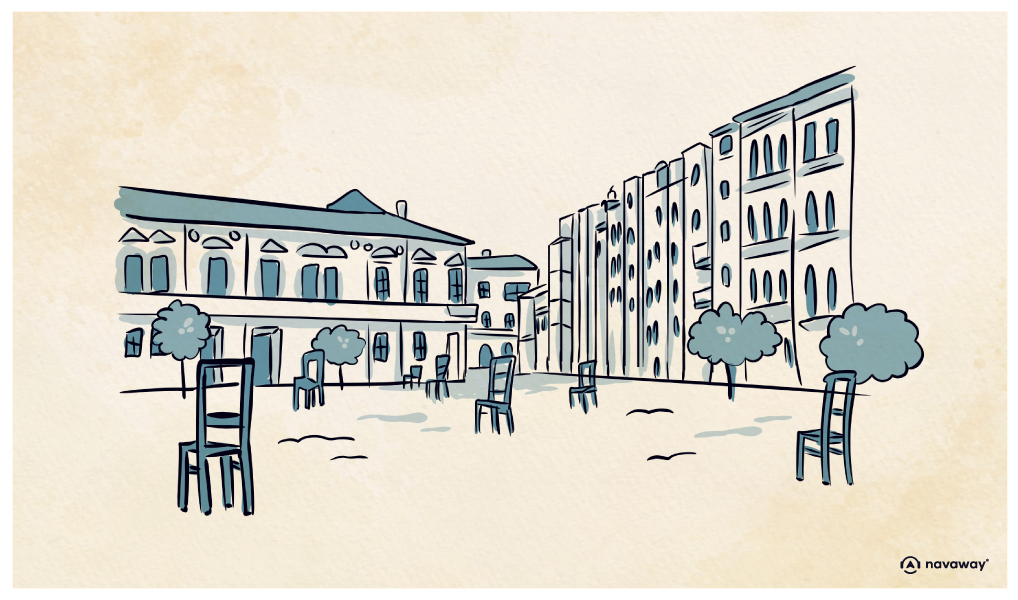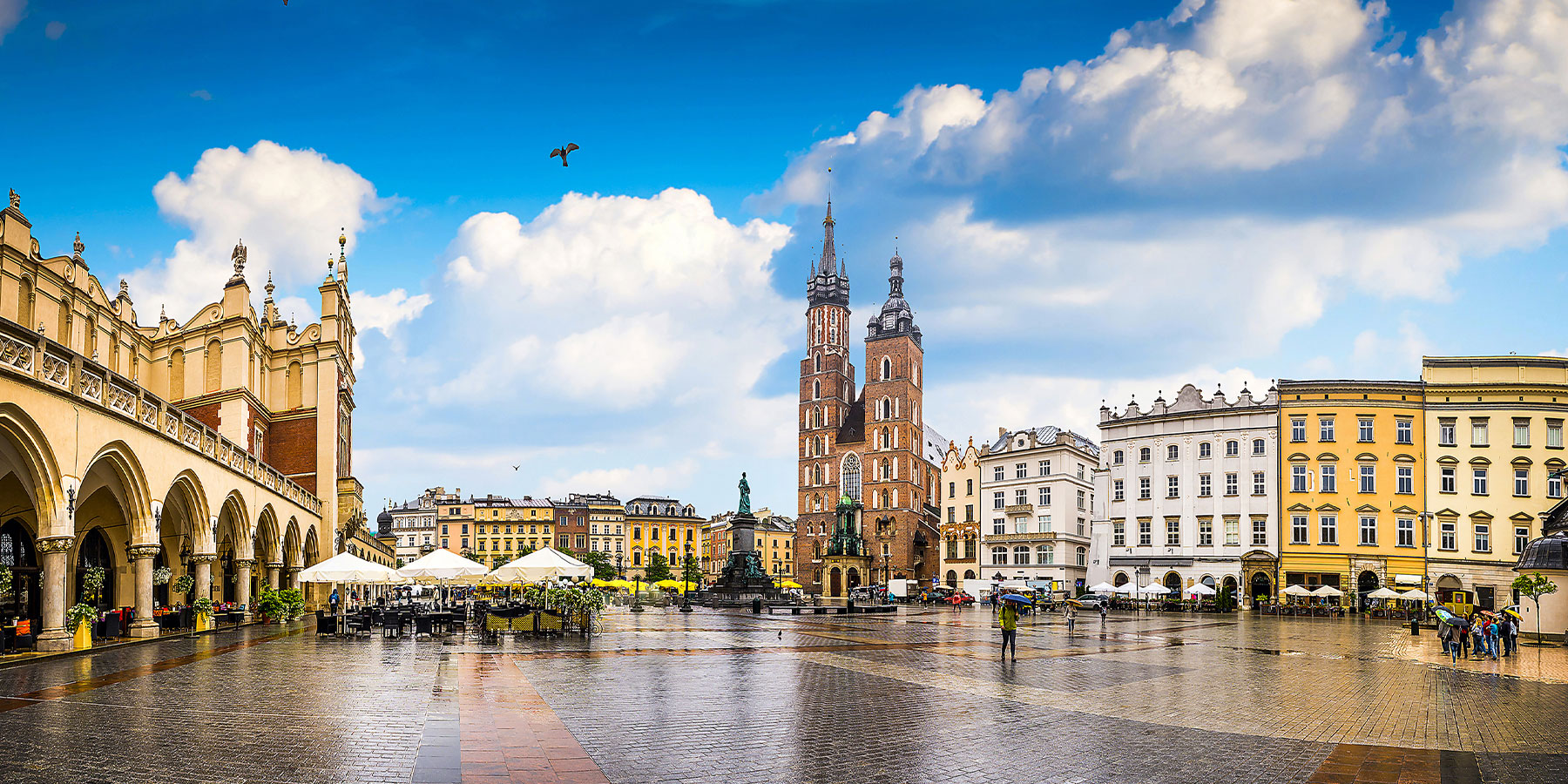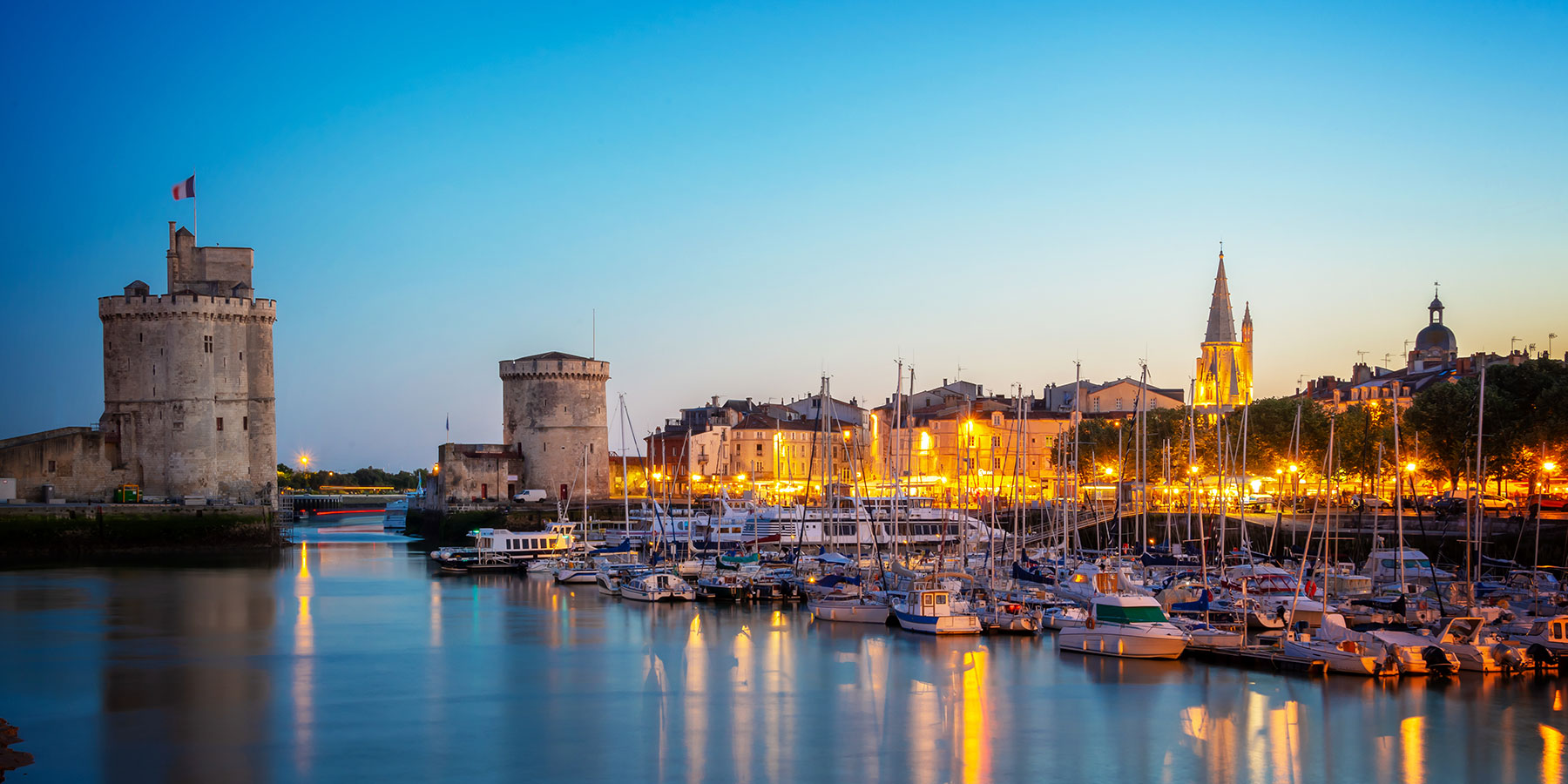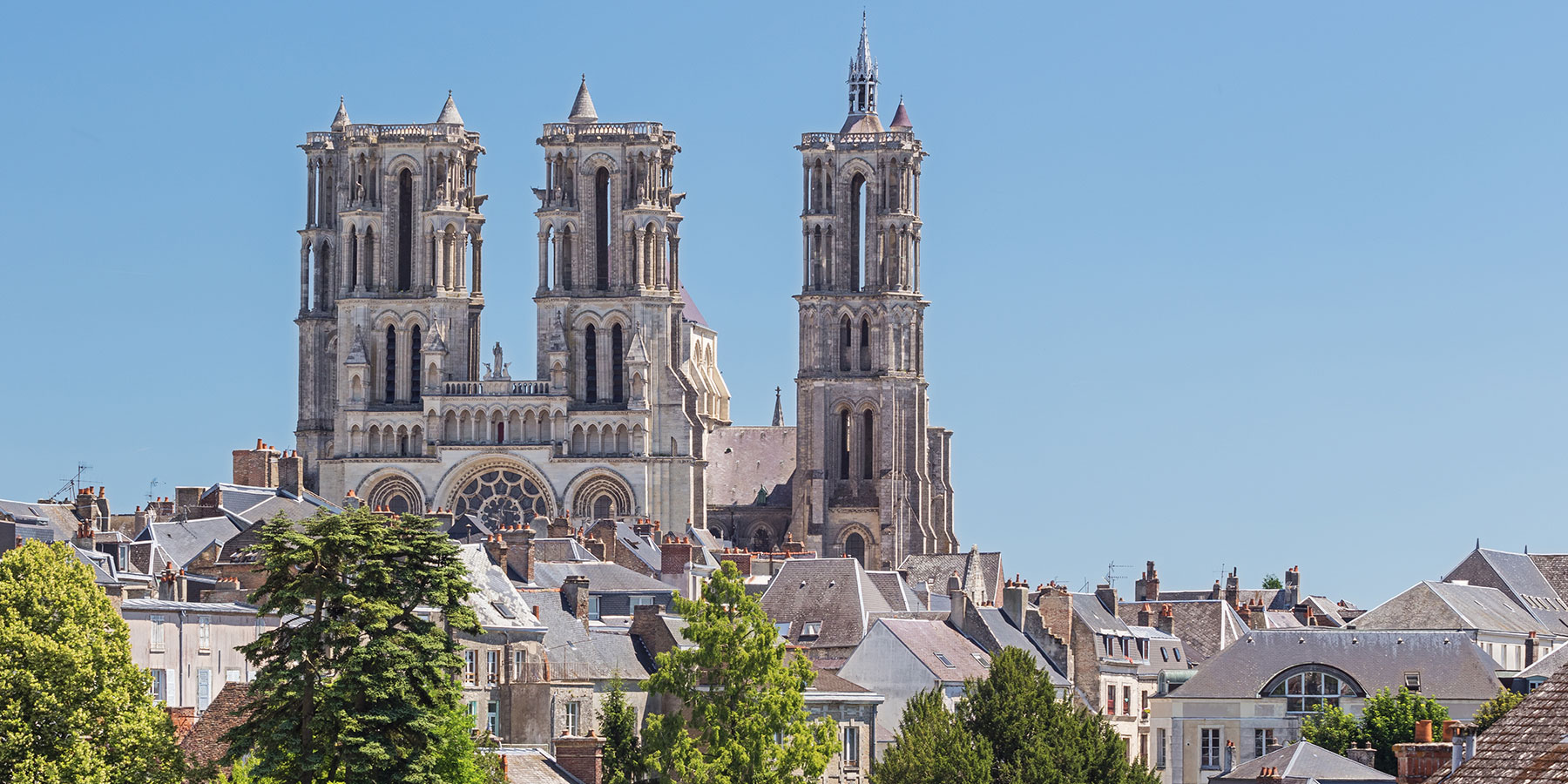
Heroes’ Square

This point of interest is available as audio on the tour: Visit Krakow, The Jewish Quarter
You’re now standing in Heroes’ Square, a space that might leave you feeling awe-struck. Once a lively marketplace, it’s now remembered as the gathering point for successive deportations from the Kraków ghetto during the Second World War. The memorial was designed by Kraków architects Piotr Lewicki and Kazimierz Łatak. It consists of 68 empty chairs, each representing 1,000 Jewish residents who were brutally murdered. The empty chairs evoke a haunting absence, a reminder of those who never returned, and all they left behind. Every year, on the anniversary of the ghetto’s liquidation, the March of Remembrance begins here, retracing the final route taken by thousands of Jews to the gas chambers. It’s a chilling legacy, and rightly so. At the end of the square, you’ll see a pharmacy on the corner, known as the Eagle Pharmacy, or the Kraków Ghetto Pharmacy. It’s now a small museum—with a surprising twist: you can touch everything inside. Feel free to open drawers, flip through books, use the old cash register and even pick up the phone. In 1933, as the Nazis rose to power in Germany, a young Polish man named Tadeusz Pankiewicz took over his father’s pharmacy. At the time, Jews and Catholics lived side by side in Kraków. However, conditions quickly deteriorated after the German invasion of Poland in 1939. Jews were subjected to forced labour and restrictions on their freedom. By 1941, Kraków’s Jewish residents were forcibly relocated to a newly formed ghetto in the Podgórze district. All non-Jews were ordered to leave. But Pankiewicz refused—and was somehow granted a special permit to stay. His staff also received authorisations, and he slept on-site. Life in the ghetto grew harsher by the day, with Nazi raids becoming frequent and terrifying. In 1942, the ghetto was divided into two parts. Section “A” housed forced labourers. Section “B” was for everyone else—those destined for the camps of Plaszow and Auschwitz. Amid this horror, the Eagle Pharmacy became a centre of resistance. It served as a secret entry point for smuggled medicines and illegal supplies. Pankiewicz also provided emergency solutions: tranquillisers to keep children quiet while hiding, or substances that could change one’s appearance to appear fit for labour. He also helped smuggle messages out of the ghetto and bring in forbidden resistance newspapers. All this within a tiny pharmacy. In 1983, Tadeusz Pankiewicz was honoured as Righteous Among the Nations by the State of Israel and attended the inauguration of the museum. The site also received a major helping hand from Steven Spielberg, who donated $40,000 to its restoration. Filmmaker Roman Polanski, a survivor of the Kraków ghetto, also contributed. All the furniture inside the museum is a reconstruction—the originals were destroyed.

Discover other tours to visit Krakow

Discover Krakow with app
An interactive guide through the most beautiful streets, squares, and districts
17 fun audioguides full of historical facts, anecdotes, and legends






Comments